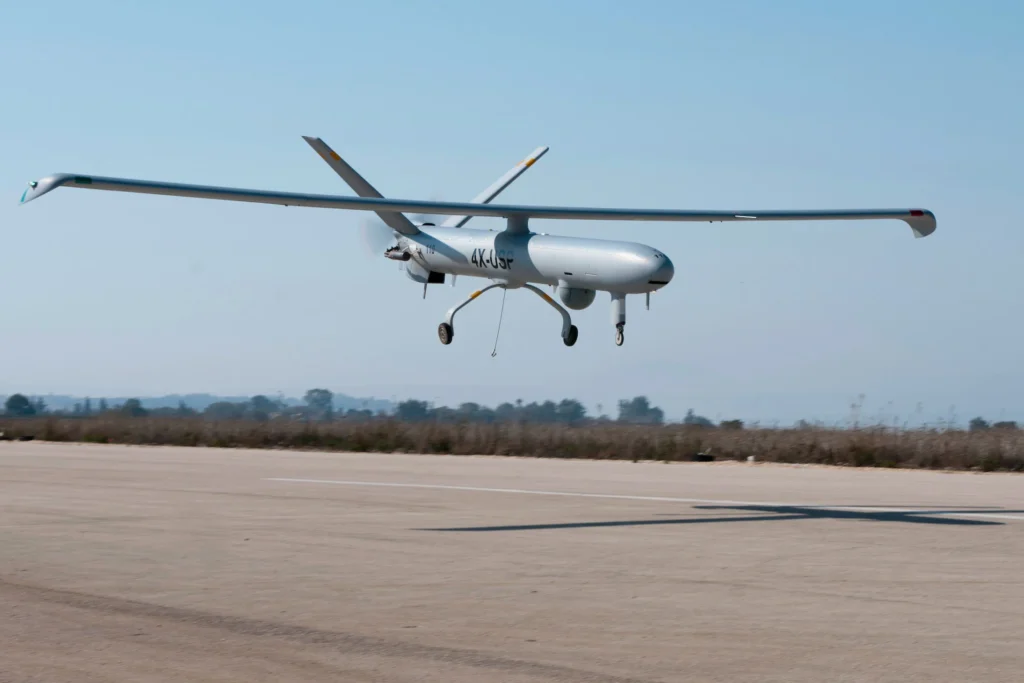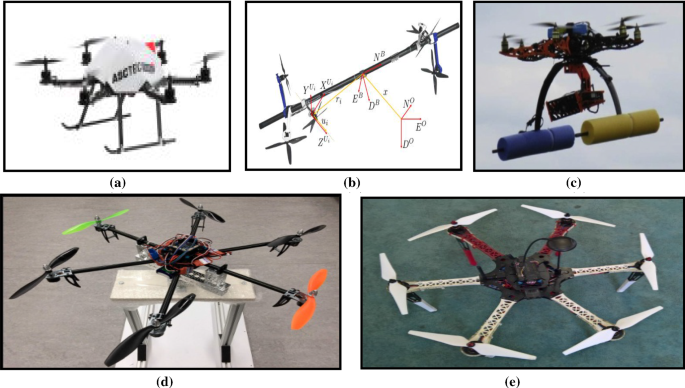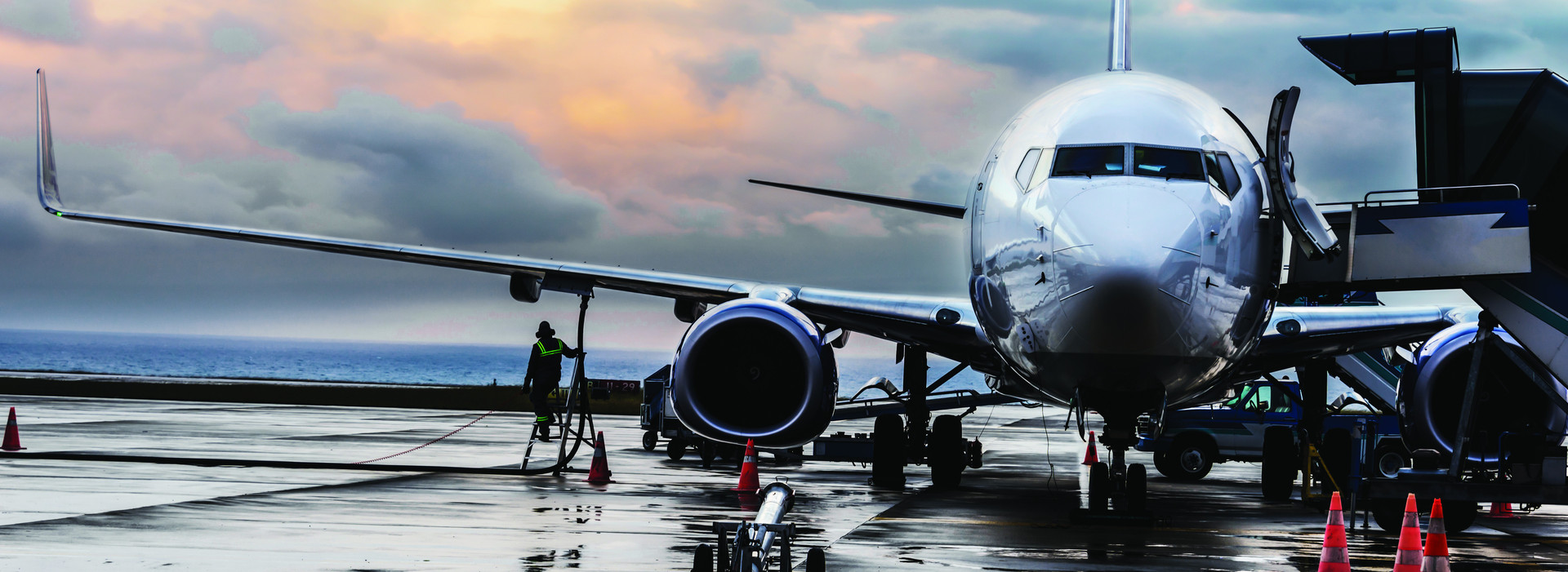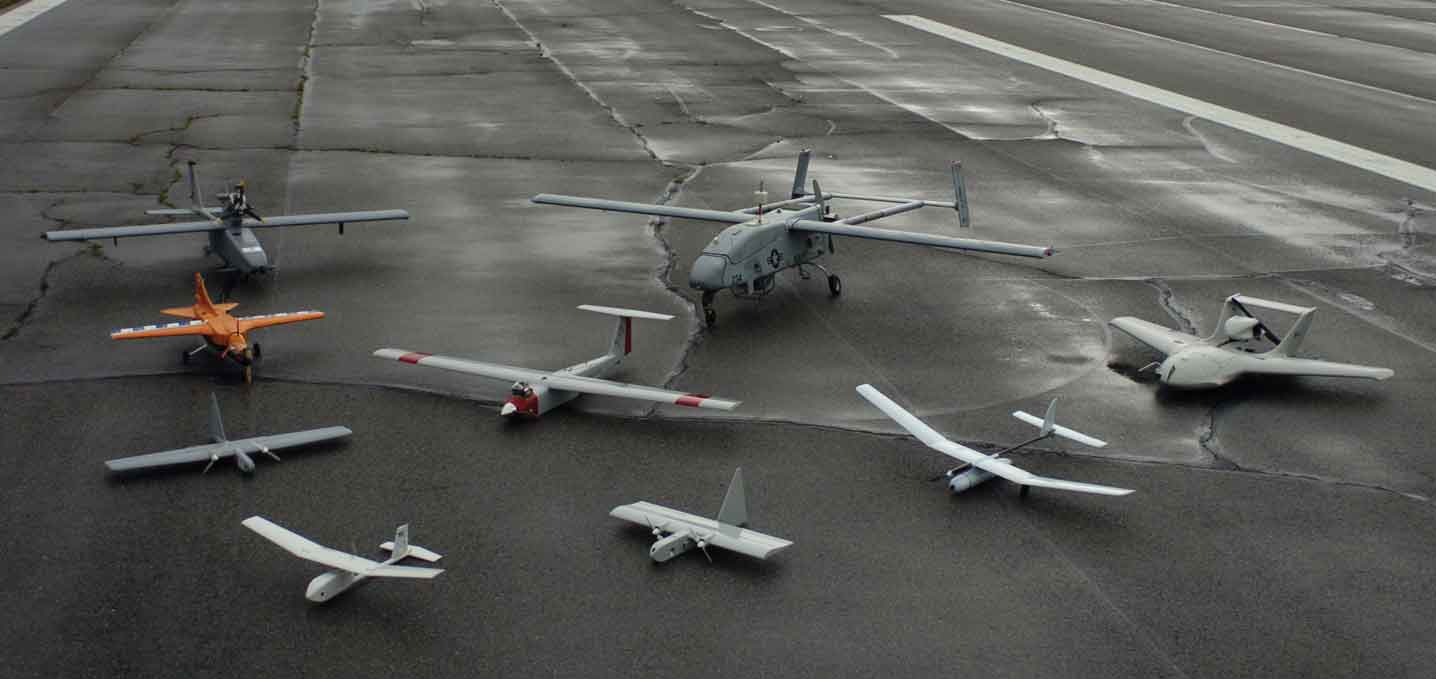Unmanned Aerial Vehicles (UAVs), commonly known as drones, have witnessed significant advancements in recent years, revolutionizing various industries and sectors. From aerial photography and agriculture to package delivery and infrastructure inspection, drones offer versatile applications and opportunities for innovation. As technology continues to evolve and regulatory frameworks adapt to accommodate new capabilities, the prospects for the development of UAVs are promising. In this article, we explore the latest trends in UAV technology and regulation, highlighting the opportunities and challenges for their future development.
Advancements in UAV Technology:
The development of UAV technology has been driven by advancements in key areas such as propulsion systems, materials science, sensor technology, and artificial intelligence. Modern UAVs are equipped with sophisticated sensors, cameras, and communication systems that enable autonomous operation, real-time data acquisition, and precise control. Furthermore, improvements in battery technology and energy efficiency have extended flight endurance and operational range, allowing UAVs to perform a wide range of missions across diverse environments.
Moreover, the integration of artificial intelligence and machine learning algorithms enables UAVs to analyze data, make decisions, and adapt to changing conditions in real-time. This enables applications such as autonomous navigation, object detection, and environmental monitoring, enhancing the capabilities and versatility of UAVs in various domains. Additionally, advancements in materials science have led to the development of lightweight, durable, and cost-effective UAVs that are capable of operating in challenging environments and adverse weather conditions.

Applications and Use Cases:
The versatility of UAV technology has led to its adoption across numerous industries and sectors, with applications ranging from aerial mapping and surveying to disaster response and wildlife conservation. In the agriculture sector, drones are used for crop monitoring, precision agriculture, and pesticide spraying, enabling farmers to optimize yields, reduce costs, and minimize environmental impact. In the construction and infrastructure sector, drones are employed for site inspection, progress monitoring, and asset management, improving safety, efficiency, and project delivery.
Furthermore, drones are increasingly being used in public safety and emergency response operations, including search and rescue missions, firefighting, and disaster assessment. Their ability to provide real-time aerial imagery and situational awareness enhances the effectiveness of emergency response teams and enables faster decision-making in critical situations. Additionally, drones are revolutionizing the film and entertainment industry, providing filmmakers with creative aerial perspectives and dynamic shots that were previously inaccessible or prohibitively expensive.
Regulatory Frameworks and Challenges:
While UAV technology offers tremendous potential, its widespread adoption is contingent upon the development of robust regulatory frameworks that ensure safety, security, and privacy. Governments and regulatory agencies worldwide are grappling with the task of developing regulations and guidelines that strike a balance between enabling innovation and safeguarding public interests. Key regulatory considerations include airspace integration, operator licensing, flight restrictions, data privacy, and security concerns.
The integration of UAVs into the national airspace requires collaboration between government agencies, industry stakeholders, and aviation authorities to develop standards and protocols for safe and efficient operations. Regulatory frameworks must address issues such as air traffic management, collision avoidance, and remote identification to prevent conflicts and ensure the safe coexistence of manned and unmanned aircraft. Moreover, regulations governing UAV operations must address concerns related to privacy invasion, data protection, and the misuse of UAVs for malicious purposes.
Opportunities for Innovation and Collaboration:

Despite the regulatory challenges, the prospects for the development of UAVs are bright, with opportunities for innovation and collaboration across various sectors. Governments, industry stakeholders, and research institutions are investing in research and development initiatives to advance UAV technology and address regulatory challenges. Collaborative efforts such as testbeds, pilot projects, and industry partnerships enable stakeholders to test new technologies, demonstrate capabilities, and gather data to inform regulatory decision-making.
Furthermore, international cooperation and standardization efforts are essential for harmonizing regulations and promoting interoperability in the global UAV market. Organizations such as the International Civil Aviation Organization (ICAO) and the European Union Aviation Safety Agency (EASA) play a pivotal role in facilitating dialogue, sharing best practices, and developing common standards for UAV operations. By fostering collaboration and knowledge exchange, stakeholders can accelerate the development and adoption of UAV technology while ensuring safety, security, and compliance with regulatory requirements.
In conclusion, the prospects for the development of unmanned aerial vehicles are promising, driven by advancements in technology, innovation, and collaboration. UAVs offer versatile applications across numerous industries and sectors, with potential benefits for safety, efficiency, and sustainability. However, realizing the full potential of UAV technology requires the development of robust regulatory frameworks that address safety, security, and privacy concerns while enabling innovation and growth. By working together, governments, industry stakeholders, and regulatory bodies can harness the transformative power of UAVs to unlock new opportunities and address global challenges.


